Buttermilk—once a humble byproduct of butter churning—has evolved into a valued dairy product with global demand. Its tangy taste, probiotic content, and versatility in cooking make it a staple in both traditional and modern diets. But who leads the world in producing this nutritious beverage? This thesis explores the global buttermilk production landscape, analyzing the top-producing nations and ultimately identifying the largest producer of buttermilk in the world.
Understanding Buttermilk: Traditional vs. Cultured
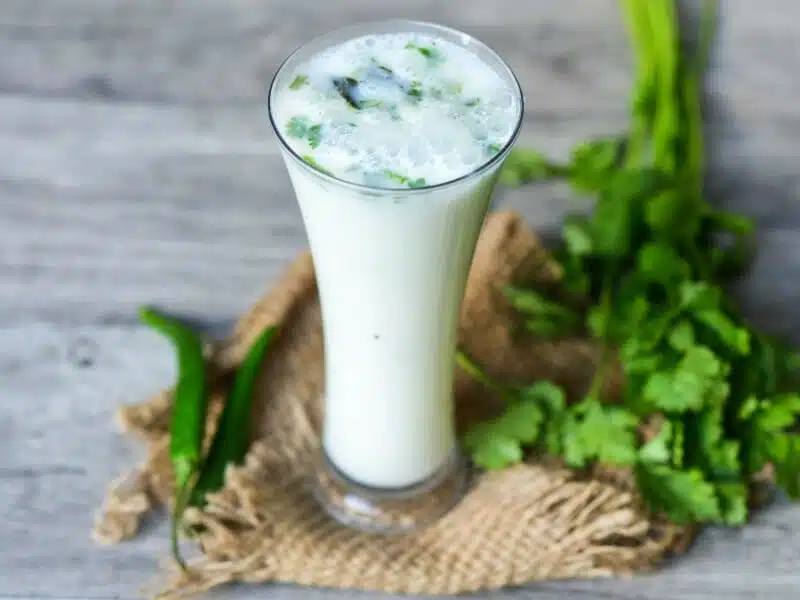
Before diving into global statistics, it’s essential to distinguish between two types of buttermilk:
- Traditional Buttermilk: This is the liquid left behind after churning butter from cultured cream. It was a common product in homes and farms in the past.
- Cultured Buttermilk: The modern form of buttermilk, made by fermenting pasteurized low-fat or non-fat milk with lactic acid bacteria. This is what we typically find in stores today.
With evolving consumer preferences, cultured buttermilk has taken the lead in global production due to its consistent taste, shelf-life, and industrial scalability.
Global Buttermilk Production Overview
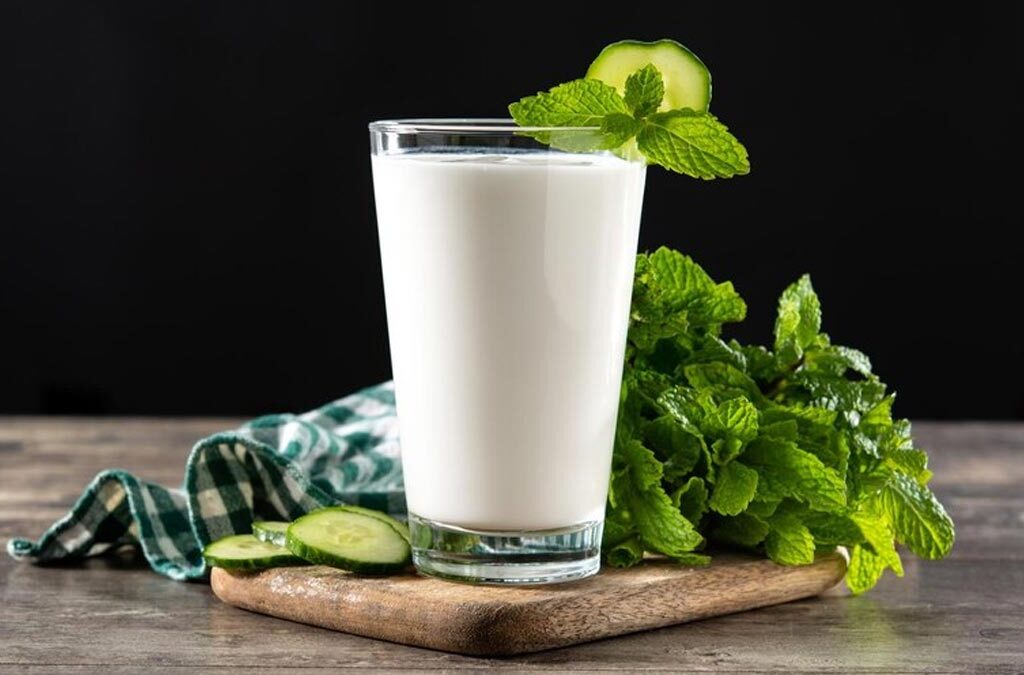
According to the Food and Agriculture Organization (FAO) and various industry reports, buttermilk production is closely tied to the dairy industry. Countries with high milk production naturally generate large volumes of byproducts like cream, butter, and buttermilk.
Key buttermilk-producing countries include:
- India
- United States
- Germany
- France
- Russia
- China
- New Zealand
- Pakistan
- Netherlands
Among these, one nation clearly stands out—not just as a dairy superpower, but as the largest producer of buttermilk in the world.
India: The Largest Buttermilk Producer in the World
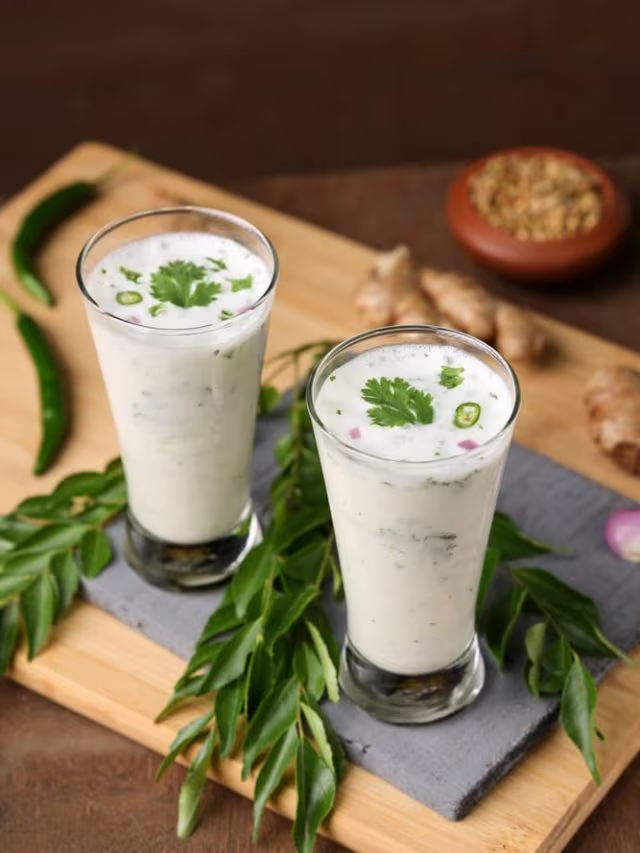
1. Massive Dairy Industry
India is the largest milk producer in the world, and it also holds the title of the largest buttermilk producer. With over 220 million metric tons of milk produced annually (as of 2023), the byproducts of dairy processing—including buttermilk—are generated at unmatched volumes.
The Indian dairy industry is characterized by:
- A strong network of over 75 million dairy farmers, most owning 2–3 cows or buffaloes.
- Daily consumption of milk, curd, butter, ghee, and buttermilk in almost every household.
- A thriving traditional food culture where buttermilk is consumed fresh, spiced, and often used in cooking.
2. Cultural Importance of Buttermilk in India
In India, buttermilk (known locally as “chaas”, “mor”, or “majjiga”) is more than just a dairy product—it’s a cultural staple. It is consumed:
- As a digestive drink after meals.
- Mixed with spices like cumin, ginger, curry leaves, and coriander.
- As a cooling beverage during India’s scorching summers.
- In religious and ceremonial offerings.
3. Industrial Scale Production
Companies like Amul, Mother Dairy, Nandini, and Aavin produce packaged buttermilk at scale. India’s organized dairy sector is expanding rapidly, with several players investing in cold chain infrastructure and ready-to-drink dairy beverages.
According to the National Dairy Development Board (NDDB), India produces billions of liters of buttermilk annually, though much of it is consumed domestically and informally (especially in rural areas).
Other Leading Buttermilk Producers

1. United States
The U.S. is a major dairy exporter and also ranks high in buttermilk production. Cultured buttermilk is widely used in:
- Baking (e.g., pancakes, biscuits, and cakes)
- Marinades
- Dressings (like ranch)
Companies like Dean Foods, Horizon Organic, and regional dairies produce large quantities of buttermilk for both direct consumption and food manufacturing.
However, due to lower per capita consumption compared to India, the overall volume is less.
2. Germany and France
In Europe, countries like Germany and France have well-established dairy industries. Buttermilk is a popular fermented beverage across Central and Eastern Europe. It’s often marketed as a health drink thanks to its probiotic content.
European dairy cooperatives such as Arla Foods, Danone, and Lactalis contribute significantly to buttermilk supply in both local and export markets.
3. Russia and China
Both Russia and China have rapidly expanding dairy sectors. Buttermilk consumption is increasing, especially among urban populations seeking healthier alternatives to sugary drinks.
China, in particular, is investing heavily in dairy processing technologies and may emerge as a top contender in the future.
Why Is India Leading?
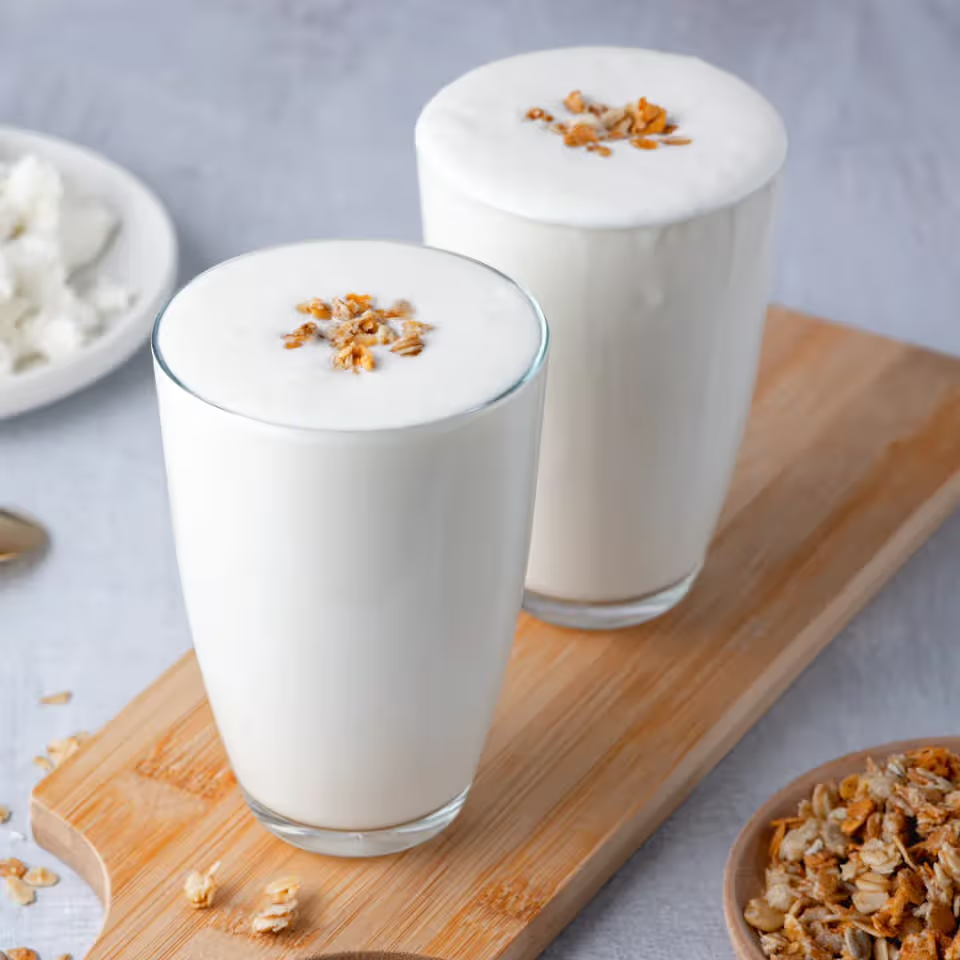
1. High Milk Production
India’s vast population and strong rural dairy network ensure a constant milk supply, which directly fuels buttermilk production.
2. Daily Consumption Habits
In Indian households, buttermilk is prepared and consumed fresh every day, making it an indispensable part of the diet.
3. Affordable Nutrition
Buttermilk is cost-effective and packed with nutrients, making it a favored beverage for both rural and urban consumers.
4. Religious and Traditional Significance
Buttermilk features prominently in Indian festivals, rituals, and Ayurveda, further reinforcing its production and usage.
Global Market Trends
Increasing Demand
With a rising interest in probiotic-rich and functional foods, buttermilk is gaining global popularity. Countries in the Middle East, Africa, and Southeast Asia are importing more dairy products—including buttermilk derivatives.
Innovation and Value-Addition
Flavored and fortified buttermilk products, ready-to-drink bottles, and low-fat varieties are being developed to cater to urban consumers worldwide.
Sustainability and Byproduct Utilization
Dairy processors are optimizing byproduct usage (e.g., buttermilk from butter manufacturing) to reduce waste and improve profitability.
Conclusion
After a comprehensive analysis of global dairy production and consumption patterns, it is clear that India is the largest buttermilk producer in the world. Its dominance stems not just from sheer volume but also from the cultural, economic, and nutritional importance of buttermilk in daily life.
As global awareness of buttermilk’s health benefits increases, the international market may see more players rising in this sector. However, for now, India remains unmatched in its scale and integration of buttermilk production.
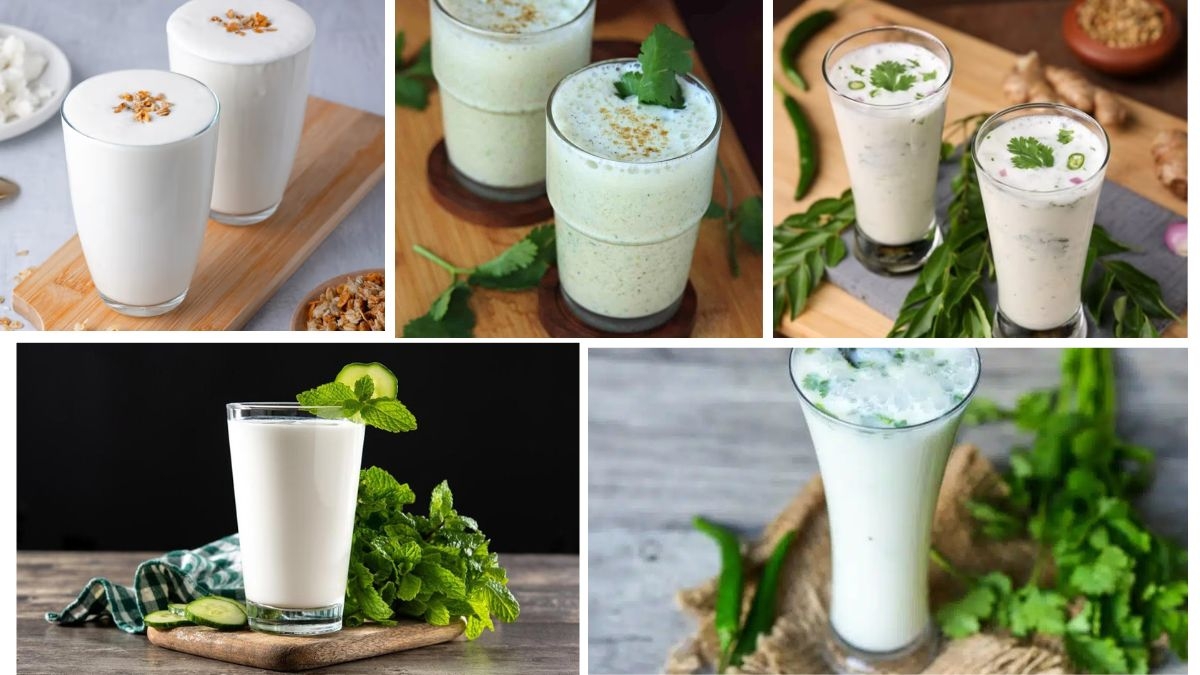





Leave A Comment